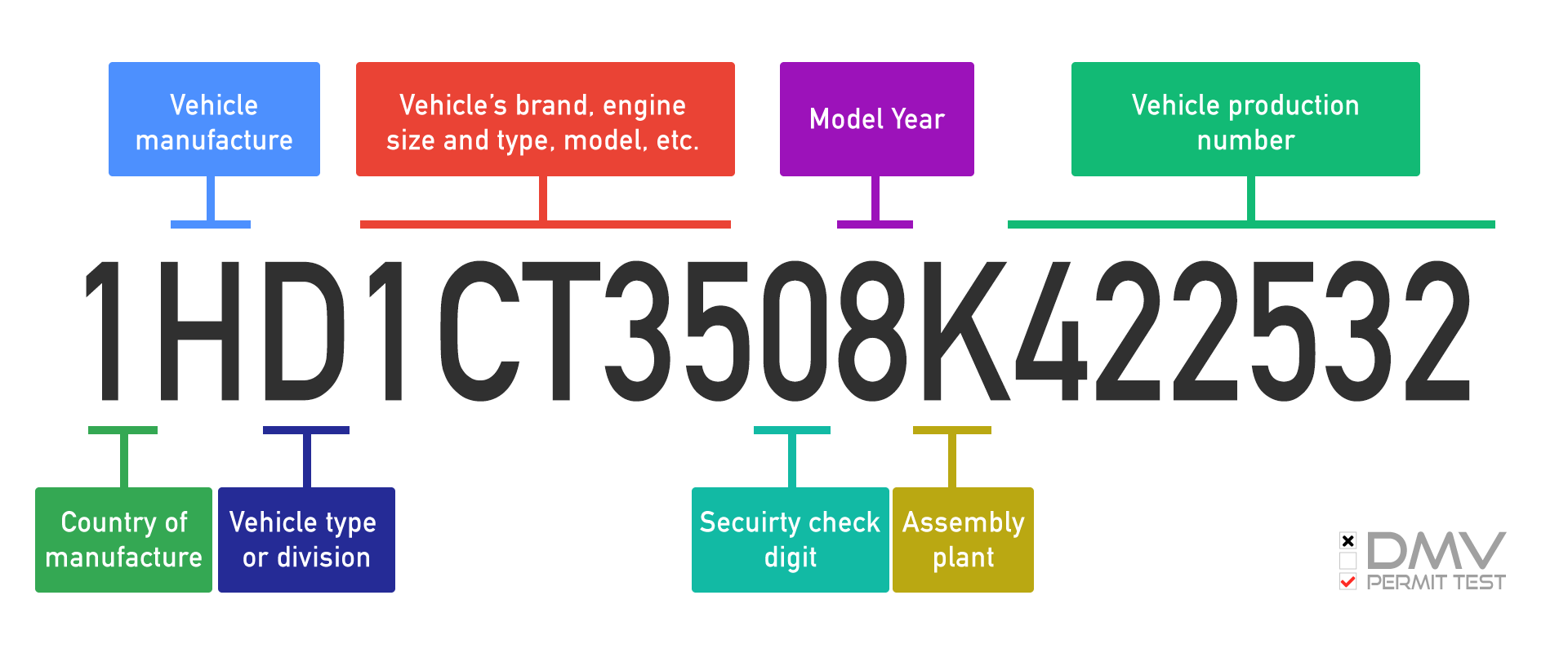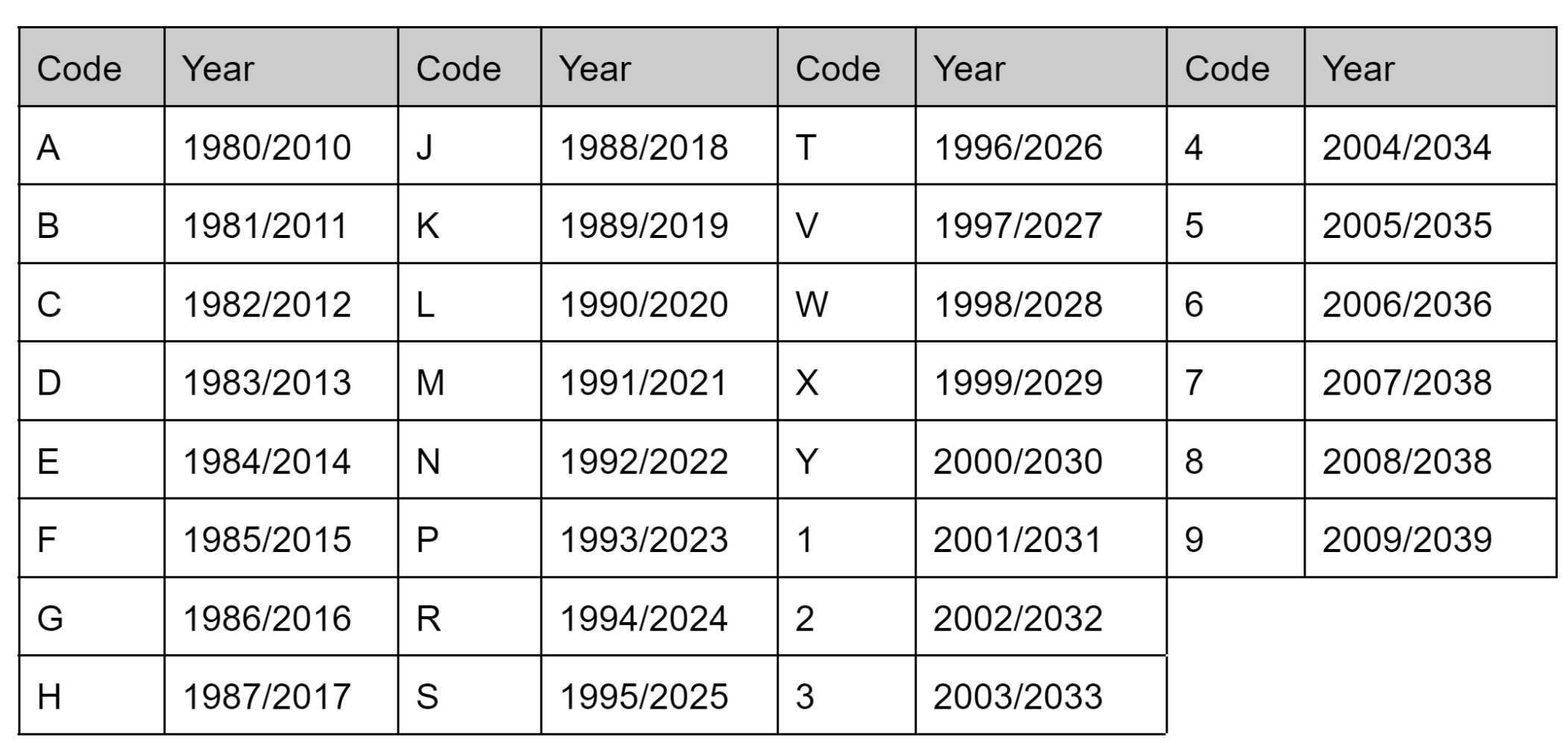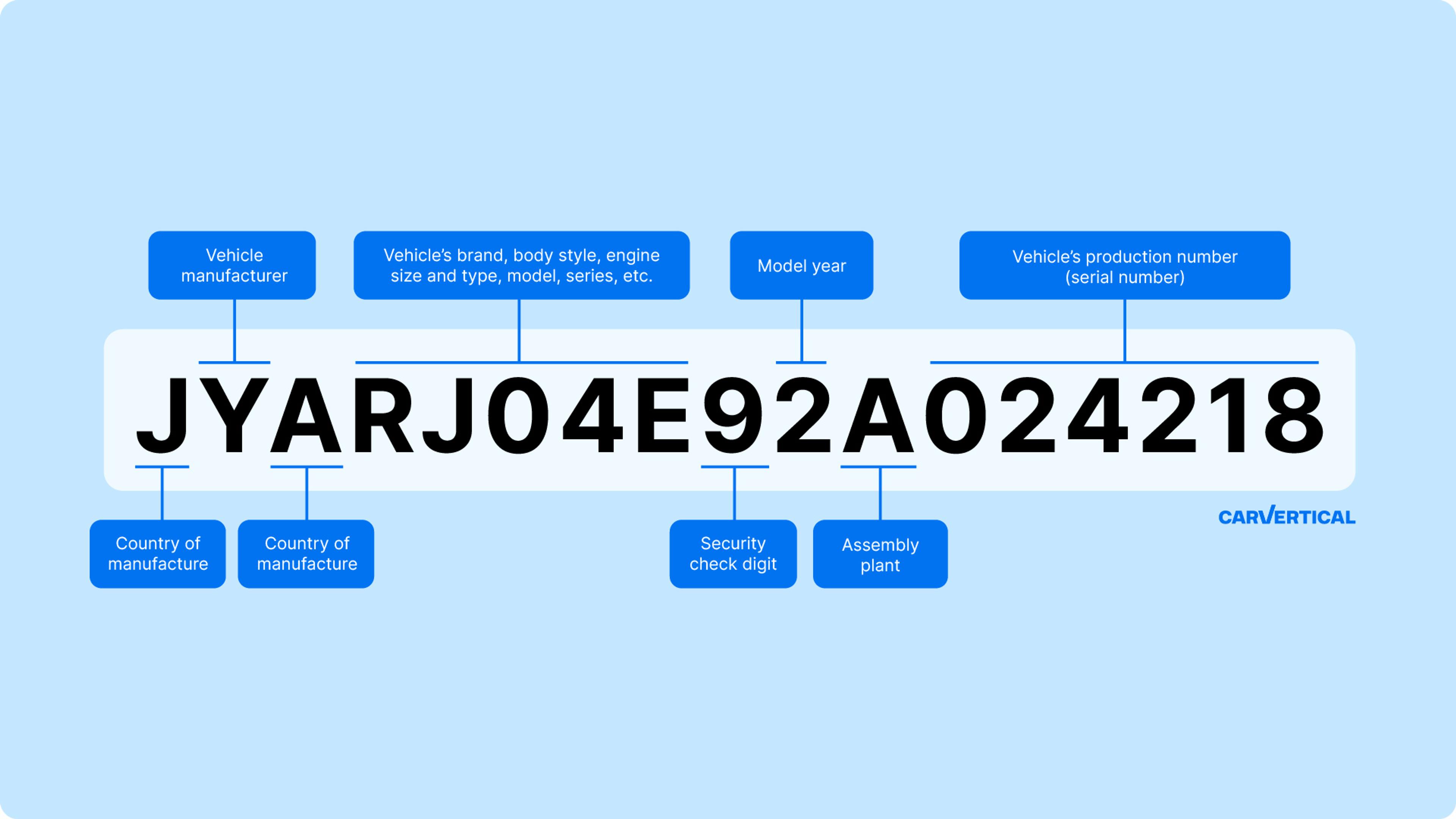Absolutely! Here’s a comprehensive 2800-word article on motorcycle VIN decoders, structured with `
` and `
` tags instead of “ for improved readability and organization.
—
The motorcycle, a symbol of freedom and adventure, carries a unique identifier that unlocks a wealth of information: the Vehicle Identification Number (VIN). Just like a fingerprint, a VIN is a unique code assigned to every motorcycle, providing insights into its origin, specifications, and history. Understanding how to decode a motorcycle VIN is crucial for potential buyers, enthusiasts, and anyone seeking to learn more about their ride. This guide will delve into the intricacies of motorcycle VIN decoders, explaining their purpose, structure, and how to use them effectively.

Before exploring VIN decoders, it’s essential to grasp the fundamental structure of a motorcycle VIN. This 17-character alphanumeric code is standardized globally, ensuring consistency across manufacturers.
The VIN is divided into three main sections:
World Manufacturer Identifier (WMI)

The first three characters constitute the WMI. This section identifies the manufacturer and the country of origin.
First Character: Country of Origin
This character indicates the country where the motorcycle was manufactured. For example:
‘J’ represents Japan
Second Character: Manufacturer
This character, combined with the first, identifies the specific manufacturer. For example, ‘JA’ might represent a specific Japanese manufacturer.
Third Character: Manufacturer’s Division or Vehicle Type

The third character further refines the manufacturer’s identity or indicates the type of vehicle.
Vehicle Descriptor Section (VDS)
The next six characters, from the fourth to the ninth, form the VDS. This section describes the motorcycle’s characteristics, such as engine type, model, and body style.
Fourth to Eighth Characters: Vehicle Attributes
These characters vary significantly between manufacturers and models. They might indicate:
Engine displacement
Ninth Character: Check Digit
This character is a security feature used to verify the VIN’s accuracy. It’s calculated using a specific formula based on the other characters.
Vehicle Identifier Section (VIS)
The final eight characters, from the tenth to the seventeenth, make up the VIS. This section provides specific details about the motorcycle’s production.
Tenth Character: Model Year
This character indicates the model year of the motorcycle. It follows a specific alphanumeric sequence. For example:
‘Y’ represents 2000
Eleventh Character: Manufacturing Plant
This character identifies the specific plant where the motorcycle was assembled.
Twelfth to Seventeenth Characters: Serial Number
These characters represent the unique production sequence of the motorcycle.
A motorcycle VIN decoder is a tool that interprets the VIN, providing detailed information about the motorcycle. These decoders are invaluable for various purposes.
Verifying Motorcycle Information
VIN decoders help verify the accuracy of the information provided by sellers. They can confirm the motorcycle’s model, year, and specifications, ensuring that the details match the seller’s claims.
Checking for Stolen Motorcycles
VIN decoders can be used to check if a motorcycle has been reported stolen. Many online databases maintain records of stolen vehicles, and a VIN check can reveal if a motorcycle is listed.
Reviewing Vehicle History
Some VIN decoder services offer access to vehicle history reports. These reports may include information about:
Accidents and Damage
Reports can reveal if the motorcycle has been involved in any accidents or sustained damage.
Title History
The title history can show if the motorcycle has been salvaged, rebuilt, or had any other title issues.
Odometer Readings
Reports may include historical odometer readings, helping to detect odometer fraud.
Identifying Genuine Parts
VIN decoders can help identify the correct parts for a motorcycle. By confirming the model and year, you can ensure that you are purchasing compatible parts.
Using a VIN decoder is a straightforward process.
Locate the VIN
The VIN is typically located on the motorcycle’s frame, near the headstock or steering neck. It may also be found on the engine or a sticker on the frame.
Enter the VIN
Enter the 17-character VIN into the VIN decoder tool. Many online VIN decoders are available, both free and paid.
Interpret the Results
The decoder will generate a report containing information about the motorcycle, based on the VIN. Review the report carefully to understand the motorcycle’s details.
Several types of VIN decoders are available, each with its own features and capabilities.
Online VIN Decoders
These are web-based tools that allow you to enter a VIN and receive a report. Some are free, while others require a subscription or payment.
Mobile Apps
Mobile apps offer the convenience of decoding VINs on the go. These apps often include additional features, such as barcode scanning and vehicle history reports.
Manufacturer-Specific Decoders
Some manufacturers provide their own VIN decoders or databases, which offer detailed information about their motorcycles.
Commercial VIN Decoder Services
These services offer comprehensive vehicle history reports and other detailed information, often for a fee.
Using a VIN decoder offers numerous benefits for motorcycle owners and buyers.
Increased Transparency
VIN decoders provide transparency by revealing the motorcycle’s history and specifications.
Reduced Risk of Fraud
By verifying the VIN and checking for stolen reports, you can reduce the risk of purchasing a fraudulent motorcycle.
Informed Purchasing Decisions
VIN decoders help you make informed purchasing decisions by providing detailed information about the motorcycle’s condition and history.
Maintenance and Repair Assistance
VIN decoders can help identify the correct parts and specifications for maintenance and repair.
While VIN decoders are valuable tools, it’s important to be aware of common issues and misconceptions.
Inaccurate Data
VIN decoders rely on databases, which may contain inaccurate or incomplete information.
Limited Information for Older Motorcycles
For older motorcycles, VIN decoders may provide limited information, as some data may not have been recorded.
Cost of Comprehensive Reports
Comprehensive vehicle history reports often come at a cost, which may deter some users.
VIN tampering
VIN numbers can be altered, so it is important to check the VIN in multiple locations on the motorcycle.
To maximize the benefits of a VIN decoder, consider these tips:
Use Multiple Decoders
Compare the results from multiple decoders to ensure accuracy and completeness.
Verify Information Visually
Visually inspect the motorcycle to verify the information provided by the decoder.
Check for VIN Tampering
Look for signs of VIN tampering, such as scratches, dents, or inconsistencies in the VIN plate.
Consider a Professional Inspection
For valuable or high-risk purchases, consider a professional inspection by a qualified mechanic.
Keep Records
Maintain records of the VIN decoder reports and any other relevant information.
Motorcycle VIN decoders are essential tools for anyone involved with motorcycles. By understanding the structure of a VIN and how to use a decoder, you can unlock a wealth of information about your ride. Whether you’re a potential buyer, a seasoned enthusiast, or simply curious about your motorcycle’s history, a VIN decoder can provide valuable insights and peace of mind. By leveraging this technology, you can ensure a safer and more informed motorcycle experience.
